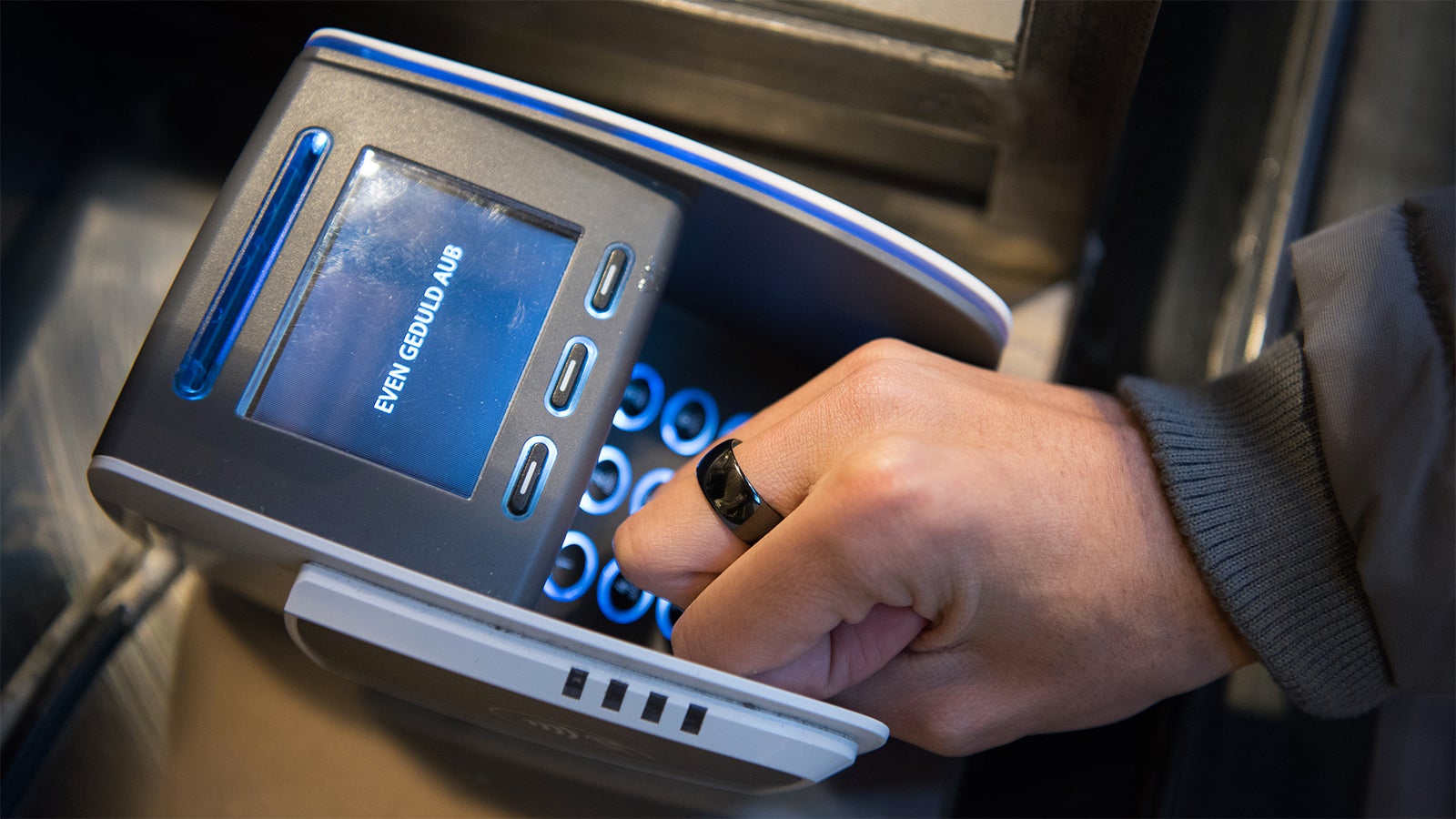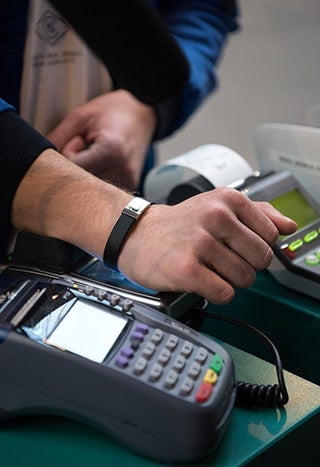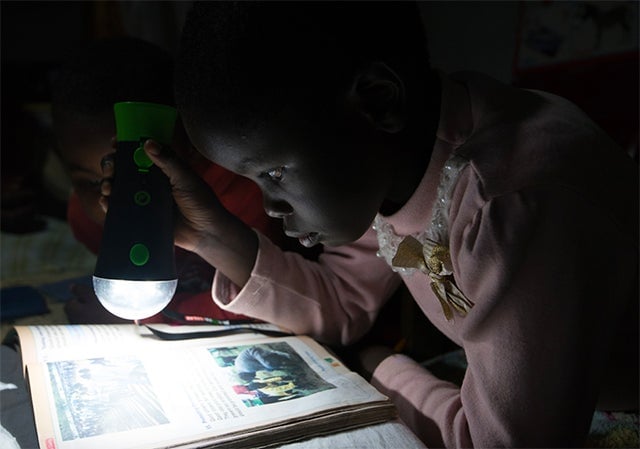The new ways you’ll use mobile payments include jewellery and QR codes
The days of paying with cash or card could soon be behind us. As security fears subside, and the world’s appetite for new ways to pay is rising. So much so that Mastercard has reported a 145% increase in Europeans tapping their cards to pay over the last year. This pin-free boom has led banks and payment companies to explore new ways to pay, many of which are on display at this year’s Mobile World Congress (MWC) in Barcelona.


The days of paying with cash or card could soon be behind us. As security fears subside, and the world’s appetite for new ways to pay is rising. So much so that Mastercard has reported a 145% increase in Europeans tapping their cards to pay over the last year. This pin-free boom has led banks and payment companies to explore new ways to pay, many of which are on display at this year’s Mobile World Congress (MWC) in Barcelona.
“Europe leads the world in contactless payments and its overwhelming success has created a demand for even greater convenience,” explains Paolo Battiston, executive vice president Digital Payments & Labs Europe at Mastercard. “Shoppers’ trust in contactless is greater than ever, and in turn it seems they are ready to take this one stage further by trying contactless through connected devices.”

While many of the methods on display are, unsurprisingly, tied to a smartphone, there are a number of devices that have been designed to be standalone, fitting discreetly into daily life. One trial, conducted by Dutch bank ABN AMRO, saw 500 customers pay for goods using contactless rings, bracelets, watches, and keyrings.
Yvonne Duits, product owner at ABN AMRO, believes these devices will improve the payment experience; “With customer expectations clear and the new technology available today, the time has come to drop cumbersome methods of payment and embrace a better consumer experience through wearable payments.”
Another partnership announced at MWC is looking to change the way we pay for fuel or parking. Using the SAP Vehicle Network–a platform for connected cars–Mastercard plan to offer banks and retailers the tech to allow your car to act as your card, rapidly speeding up time at fuel stations, charging points, and parking spaces.
While Europe may be leading the way with contactless payments, the story in Africa is very different. With a vast unbanked population and lack of infrastructure, mobile transactions dominate.
With many essentials we take for granted simply not available, payment solutions have to be different. Around 625 million people lack access to electricity, instead relying on kerosene, candles and disposable batteries. M-KOPA is changing that, having connected over 600,000 African homes to pay-as-you-go solar power and appliances. Mastercard and M-KOPA are now exploring new ways to conveniently collect payments from off grid, low income homes in Africa and around the world.
“We may take for granted our ability to produce light with the simple flick of a switch. But for many around the world, simple things like having electricity can be life changing,” said Kiki Del Valle, senior vice president, Commerce for Every Device, Mastercard. “By using our digital payment capabilities, we want to make it easy for people to access reliable and regular sources of energy and become more economically resilient.”

Using Mastercard’s Masterpass QR–a QR code that allows for payments–customers buy a solar system on credit and use their phone to make small daily payments for less than what they previously spent on hazardous, kerosene lamps. After paying for their system for roughly a year, customers build a credit rating that can be used to buy other products, such as solar-powered TVs and energy-efficient stoves.
Masterpass QR will also be making its social debut in Africa later this year, as part of a partnership with Facebook. The trial in Nigeria will feature a Messenger bot that allows small businesses to easily set up and accept cash-free payments using QR codes.
Unlike lots of the technology shown at trade shows, these examples are coming to market in the near future, potentially rendering physical cash a thing of the past and your wallet nothing more than a portable photo album.
Discover more from Mastercard at Mobile World Congress here.